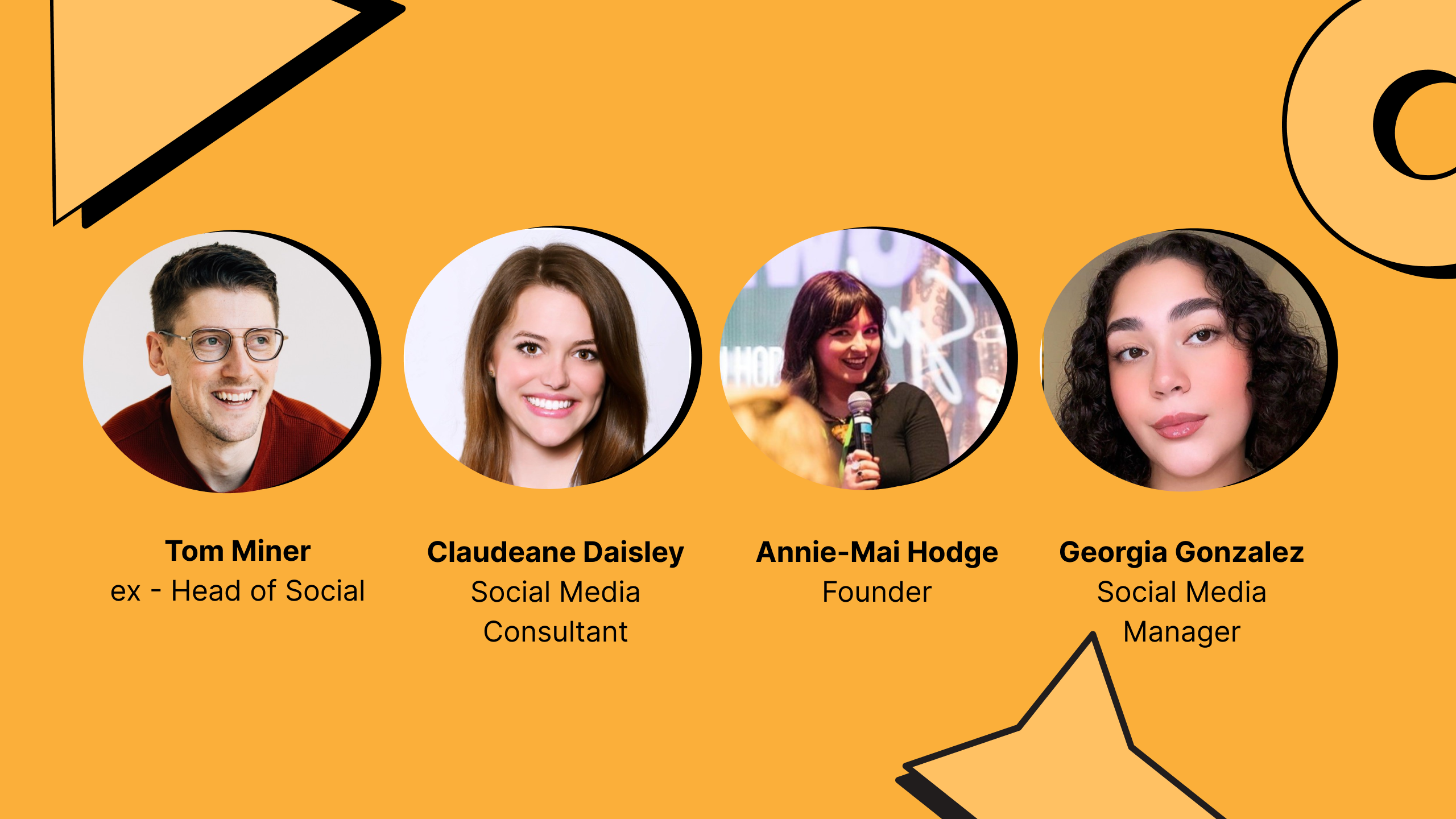How to Find, Analyze & Engage Your Social Media Target Audience
Learn how to identify your social media target audience, analyze their behavior, and engage them effectively to boost engagement and conversions.

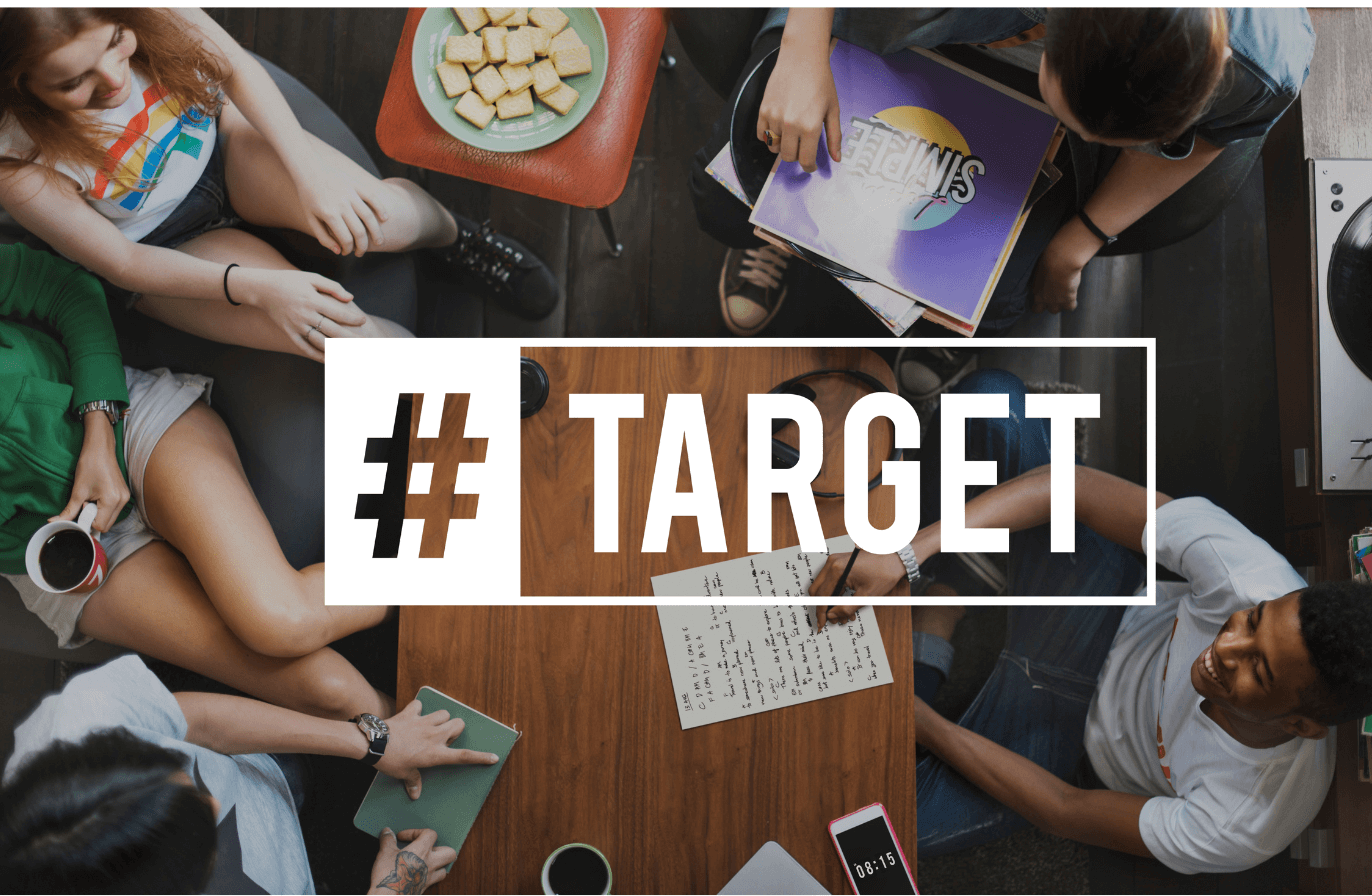
Brands that focus their social media strategy on the right audience often see 2–3x higher engagement than those who don’t. This is especially true in B2B social media marketing, where relevance and precision matter more than reach. Yet many still struggle with identifying their target audience on social media—a critical step that can make or break their marketing efforts.
The biggest mistake? Targeting everyone and reaching no one. Many businesses still cast a wide net—posting generic content, chasing vanity metrics, and hoping something sticks. The result? Wasted time, budget, and missed opportunities. But with tools like Socialinsider, marketers can now access detailed audience insights that make targeting more precise and effective than ever before.
In this article, we’ll walk you through:
- How to find your target audience on social media
- How to analyze their behavior and preferences
- How to engage them in ways that build trust and drive results
Whether you’re just starting out or want to conduct a brand audit, this guide will help you create content that connects and converts.
Key takeaways
-
Start with data, not assumptions. Use analytics, surveys, and social listening to understand who your audience really is.
-
Segment your audience into smaller, actionable groups for personalized engagement.
-
Tailor your content to fit both the platform and the audience—what works on one won’t always work on another.
-
Continuously test, validate, and refine your strategy based on metrics like engagement rate, follower growth, and content performance.
-
Use tools like Socialinsider to simplify competitor analysis, cross-platform insights, and content performance tracking.
What is a target audience in social media marketing?
In social media marketing, your target audience is the specific group of people most likely to engage with your content or buy your product. They share traits like age, interests, goals, and online behavior. Identifying this group is essential, especially for social media advertising, because it ensures your message reaches the right people instead of getting lost in the noise.
Understanding the connection between social media and the target audience helps brands create relevant content, run more effective ad campaigns, and ultimately drive better results. While a target audience is a broader group, a buyer persona is a more detailed, fictional representation of your ideal customer. The two work hand-in-hand to guide your strategy.
When you define your audience clearly, you create connections and don’t just post content. Every decision, from platform choice to tone of voice, becomes sharper and more impactful when you know exactly who you’re speaking to.
The four types of target audiences
It’s important to understand that not all audiences are the same. You can segment your audience into four key categories—demographic, psychographic, geographic, and behavioral—each offering unique insights that can elevate your social strategy. Understanding these types helps refine your target audience for social media platforms and improves the performance of both organic and paid efforts.
Demographic Audiences
Demographic segmentation is the most basic—but still powerful—way to define your target audience for social media sites. It includes age, gender, income level, education, marital status, and more. These details help you match your brand’s tone, product positioning, and content style with who you’re speaking to.
To analyze demographic data, use platform-specific tools like Instagram Insights, LinkedIn Analytics, and Facebook Audience Manager. These tools provide breakdowns of who engages with your content, allowing you to adjust your messaging and targeting accordingly.
Psychographic audiences
While demographics tell you who your audience is, psychographics reveal why they behave a certain way. This audience type is defined by values, lifestyle choices, interests, hobbies, and motivations. For example, two users might both be 30-year-old marketers, but one might value sustainability and wellness, while the other is driven by hustle culture and entrepreneurship.
You can gather psychographic data through audience polls, social listening tools, community engagement, and even comments or DMs. Understanding this helps you humanize your brand and create content that deeply resonates with your audience’s mindset.
Geographic audiences
Geographic segmentation focuses on location—whether that’s country, state, city, or even neighborhood level. For brands with physical locations, events, or region-specific offerings, this is crucial. It also helps tailor your message based on cultural context or local trends.
Social media platforms allow geo-targeting through both organic posts (e.g., tagging a location) and paid ads. Understanding regional differences in platform usage—like how Instagram may dominate urban areas while Facebook still thrives in smaller towns—can help you prioritize your target audience for social media platforms.
Behavioral audiences
This group is segmented based on actual actions: past purchases, content engagement, website visits, ad clicks, or device usage. Behavioral audiences provide the clearest insight into user intent, helping you reach people who are already showing signs of interest.
Analyzing behavior is especially useful for retargeting ads, email campaigns, or personalized content. Tools like Meta Pixel, Google Analytics, and CRM integrations allow you to track how people interact with your brand and what might finally convert them.
Which social media platforms do different audiences use?
Platform-Specific Insights
- User Base: Remains the most widely used platform globally.
- Demographics: Strong presence among users aged 25–34.
- Usage Trends: Average daily time spent is 32 minutes.
- User Base: Popular among younger demographics, especially 18–29-year-olds.
- Gender Distribution: More popular among women.
- Usage Trends: Users spend an average of 72 minutes daily.
- User Base: Professional platform with a strong presence among users aged 25–34.
- Demographics: Even gender distribution.
- Usage Trends: Usage varies based on professional needs and activities.
TikTok
- User Base: Rapidly growing, especially among users aged 16–24.
- Demographics: 41% of users are between 16 and 24 years old.
- Usage Trends: High engagement with an average daily usage of 1 hour and 25 minutes.
X (formerly Twitter)
- User Base: Significant presence among users aged 30–49.
- Demographics: Predominantly male user base.
- Usage Trends: Usage patterns vary; the platform is known for real-time news and discussions.
These insights can help tailor social media strategies to target specific demographics effectively.
Usage patterns across age groups (2025)
Social media engagement varies notably across age groups, each showing unique preferences and behaviors:
Gen Z (Ages 18–24)
- Highly active on TikTok, Instagram, and YouTube.
- Prefer short-form videos like memes, trends, and relatable content.
- A significant number spend over 3 hours daily on social platforms.
Millennials (Ages 25–34)
- Primarily use YouTube, Facebook, and Instagram.
- Engage with both short-form and long-form content such as tutorials, reviews, and lifestyle videos.
- Spend close to 3 hours per day on social media.
Gen X (Ages 35–49)
- Favor Facebook and YouTube.
- Tend to consume educational, news-related, and career-focused content.
- Use social media for both personal and informational purposes.
Baby Boomers (Ages 50+)
- Mostly active on Facebook and YouTube.
- Interested in content related to news, health, hobbies, and staying in touch with family.
- Engage less frequently but remain loyal to familiar platforms.
Platform preferences by industry
Different industries favor specific platforms based on where their audience is most active:
- The go-to platform for B2B marketing and professional services.
- Used for thought leadership, industry insights, and professional networking.
TikTok
- Best for brands targeting Gen Z and Gen Alpha.
- Focuses on short-form, trendy, and fast-paced content.
- Ideal for viral marketing and influencer collaborations.
YouTube
- Preferred by industries needing educational or long-form storytelling content.
- Great for evergreen content like how-tos, demos, and explainers.
- Excellent for building deep brand trust.
- Popular in fashion, beauty, travel, and lifestyle.
- Strong visual appeal, making it ideal for showcasing products and aesthetics.
- Reels and Stories drive high engagement.
X (formerly Twitter)
- Favored by media, politics, and brands needing real-time engagement.
- Known for fast updates, trending topics, and public conversations.
- Great for building a brand voice and engaging with current events.
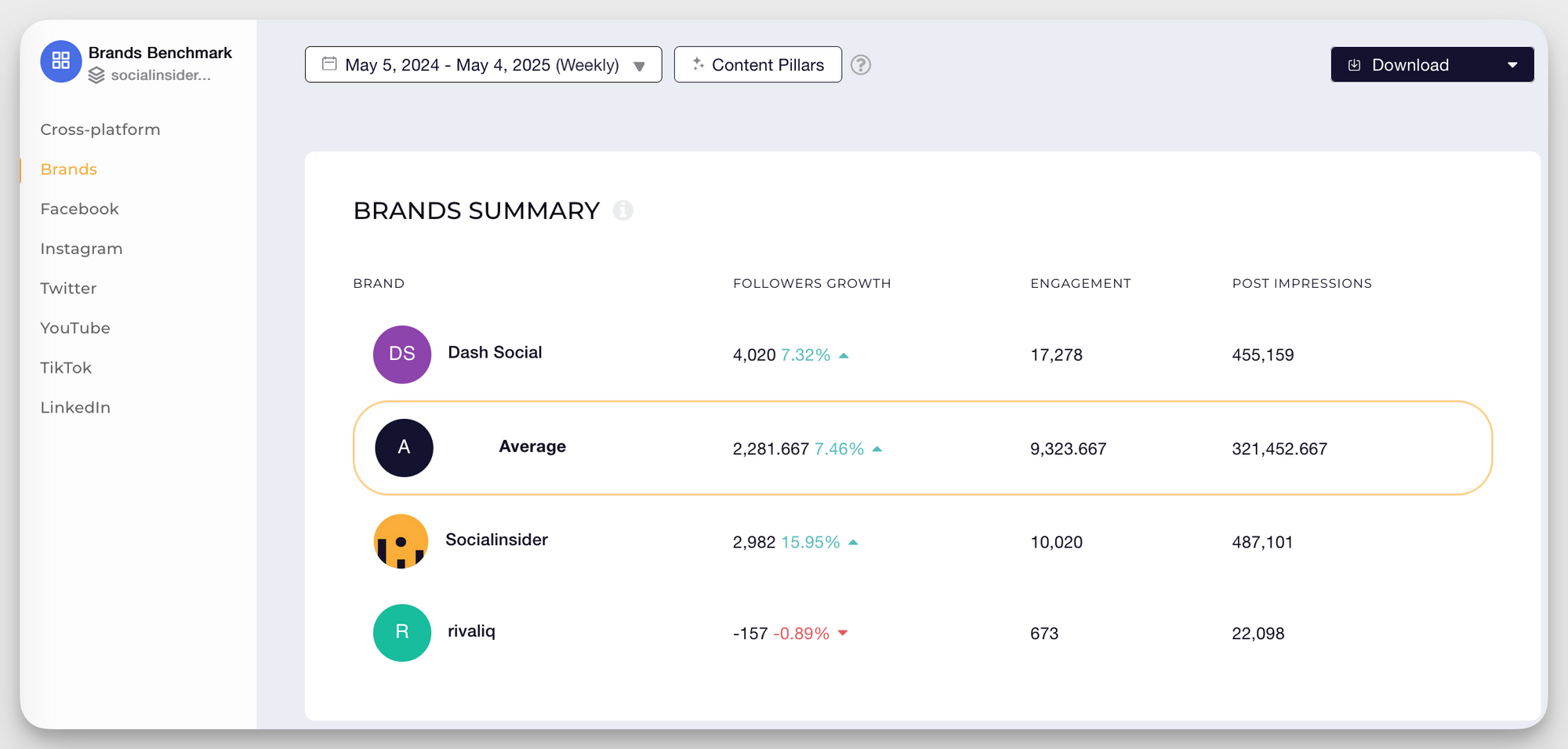
Step-by-step guide to identifying your social media target audience
Step 1: Analyze your current customer base
Before diving into new audience segments, start with those who are already engaging with your brand. This step helps uncover valuable patterns in demographics, behaviors, and preferences.
Data collection methods:
- Native analytics tools: Platforms like Facebook Insights, Instagram Analytics, and LinkedIn Page Insights provide basic demographic data (age, location, gender) and post performance stats.
- Socialinsider: A more advanced tool offering detailed engagement and reach metrics, especially useful for tracking organic content performance. Unlike native tools that often limit historical data to 30-90 days, Socialinsider maintains your audience history up to 12 months (need more historical data? reach out to us), allowing for trend identification and long-term growth analysis that platform-specific analytics simply can’t provide.
What to look for:
- Who engages the most (age, gender, region)?
- What type of content drives the most interaction?
- When is your audience most active?
Socialinsider insights breakdown
Engagement insights:
- Engagement rate by fans, reach, and impressions
- Top-performing post types based on engagement
- Best time to post by engagement
- Day/hour with the highest engagement
Reach insights:
- Reach rate by fans
- Average reach per post
Impressions insights:
- Day with most impressions
- Hour with most impressions
Important Notes:
- Meta Business Suite mainly tracks paid content performance, while Socialinsider excels in analyzing organic content, making it easier to evaluate natural audience engagement and posting patterns.
- Engagement rate formulas can vary from platform to platform—Socialinsider simplifies this by providing multiple versions, allowing you to choose what fits best for your analysis style.
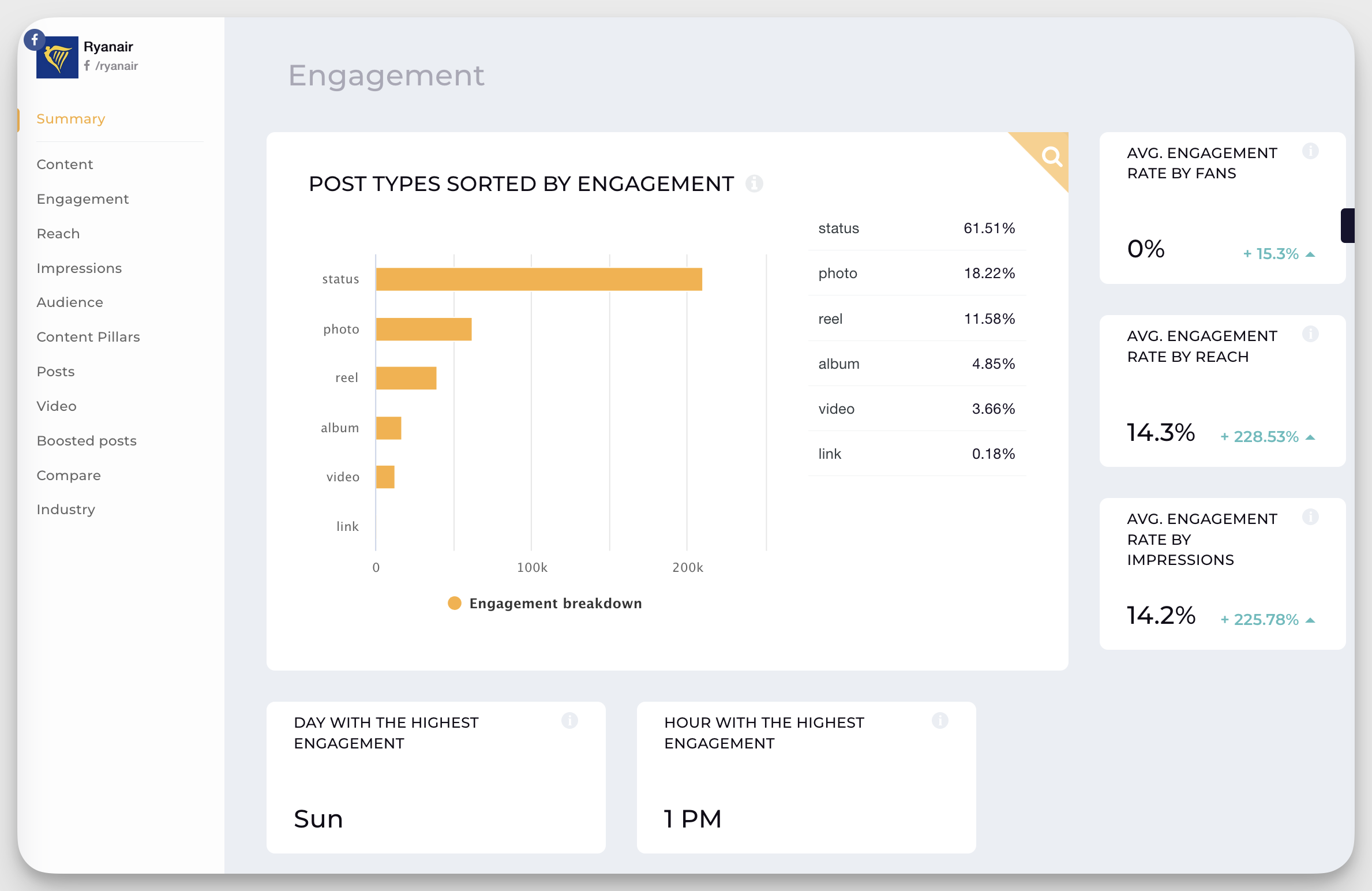
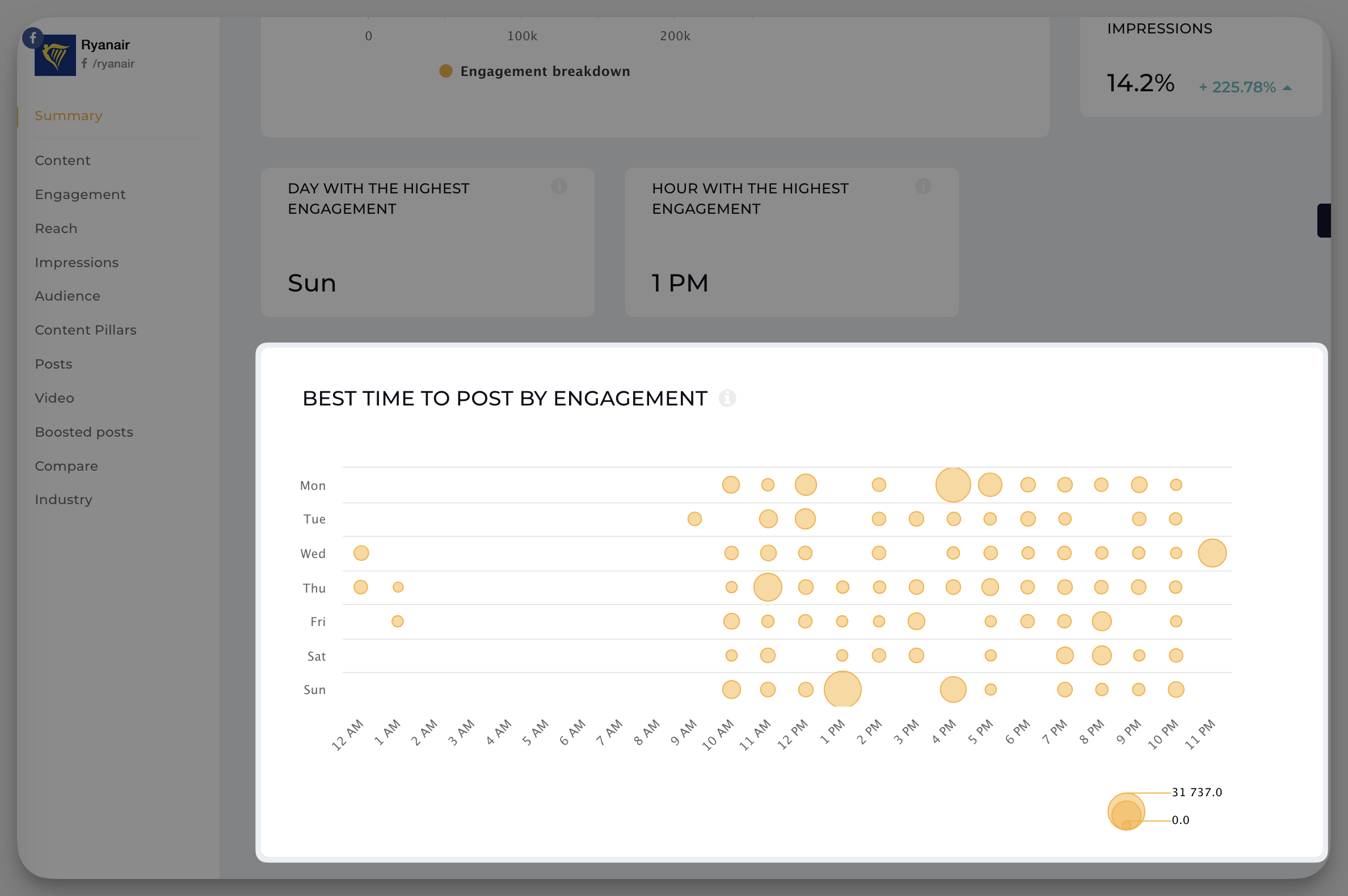
- Content performance:
Top hashtags: Discover which hashtags consistently drive visibility and engagement.
Average hashtags per post: Gauge how your hashtag strategy aligns with post reach and interaction.
Average hashtags per story: Understand the effectiveness of hashtag use in Stories for broader reach.
- Reels performance:
Average watch time: Measures how long viewers stay engaged with your Reels.
Average Reels engagement: Engagement rate specific to Reels, including likes, comments, and shares.
Replays: Number of times users rewatched your Reels—an indicator of content stickiness.
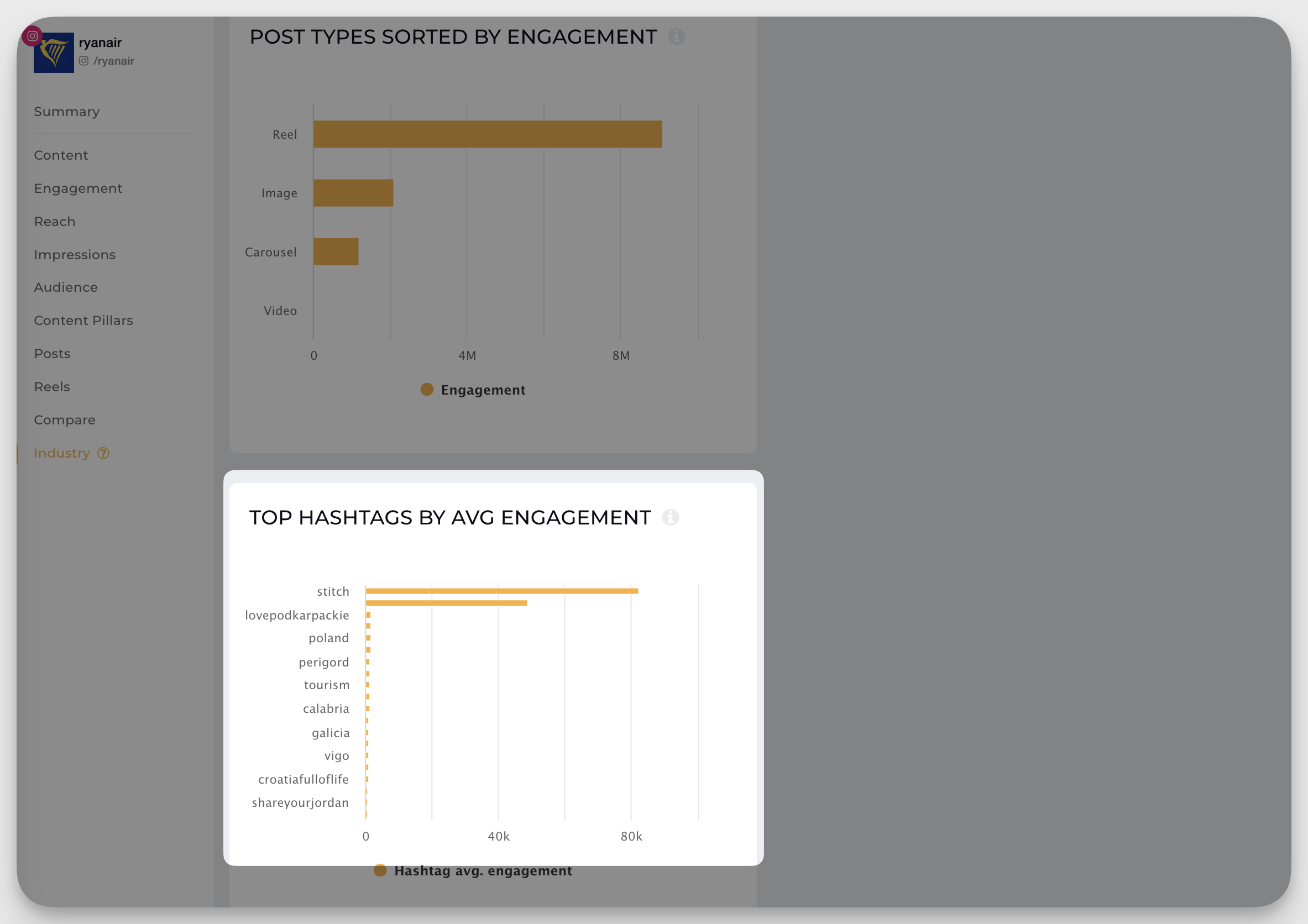
- Audience breakdown:
Follower seniority: Analyze how experienced your followers are (e.g., entry-level, managers, VPs).
Follower function: See which departments your audience belongs to (marketing, sales, HR, etc.).
Follower industry: Know which industries are most represented among your followers.
Follower company size: Understand whether you’re reaching startups, mid-size businesses, or enterprises.
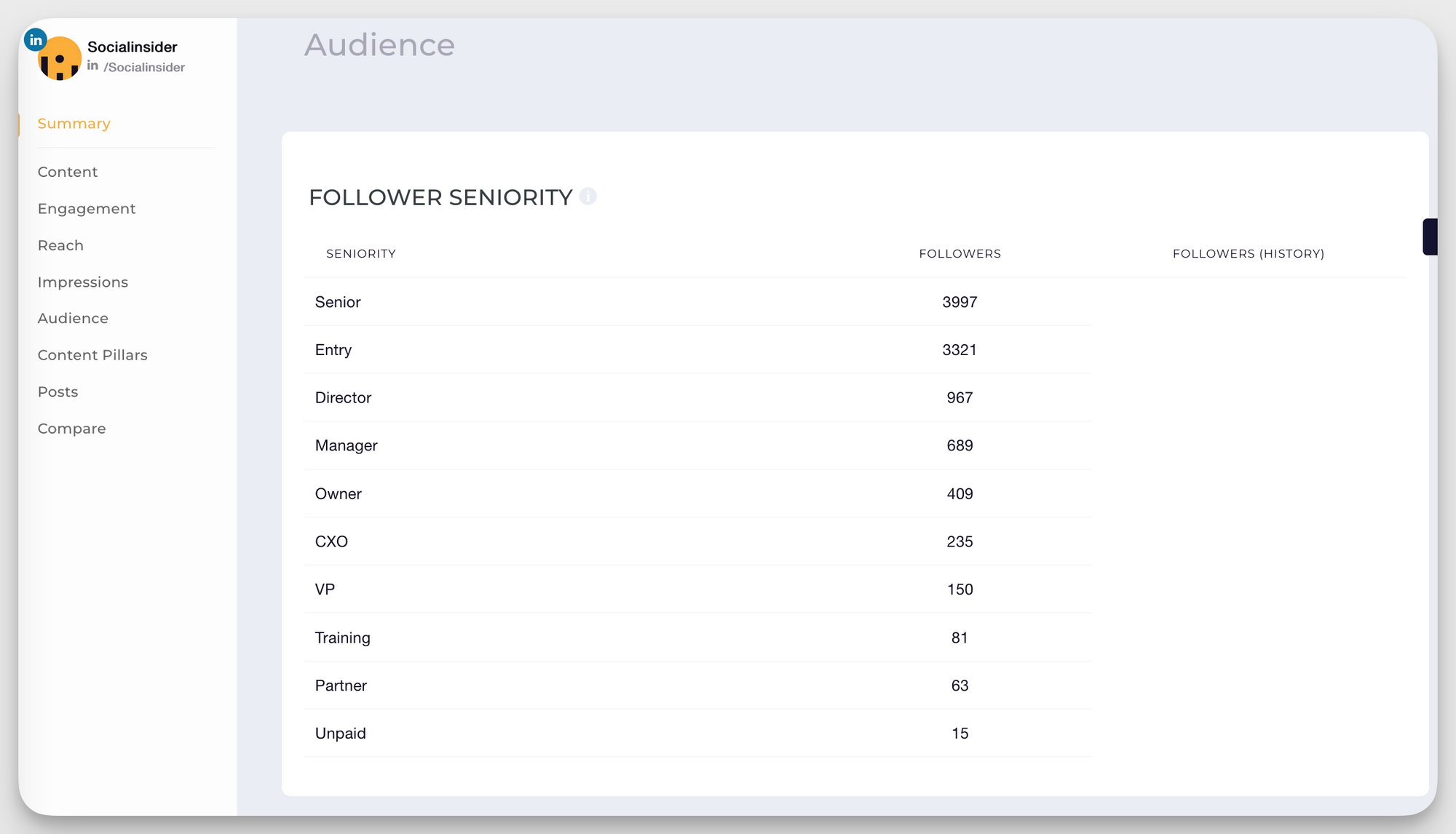
These deep-dive insights help fine-tune your messaging, format, and posting strategy for each platform, so you’re not just reaching people, but reaching the right people with the right content.
Step 2: Conduct competitor audience analysis on social media
Understanding your competitors’ audience can reveal major opportunities—both for differentiation and for discovering untapped segments.
Tools like Socialinsider help you:
- Benchmark engagement metrics across competitors
- Track post performance and campaign trends
- Uncover which platforms competitors are most active on
- Identify audience overlaps and content gaps
Identifying audience gaps
Look for:
- Platforms where your competitors are absent or underperforming
- Audience segments where they’re not engaging well (e.g., low interaction from Gen Z or specific industries)
- Content types they neglect (Reels, carousel posts, LinkedIn documents, etc.)
This gap analysis helps you craft content and campaigns that speak directly to the underserved sections of your shared audience.
Add all of a competitor’s social profiles into Socialinsider to get a cross-channel audience view. You’ll see:
- Where the bulk of their followers come from
- How audience behavior differs by platform
- Insights that guide your platform-specific content strategy
It’s a quick way to understand how their audience is distributed—and where your brand can stand out.
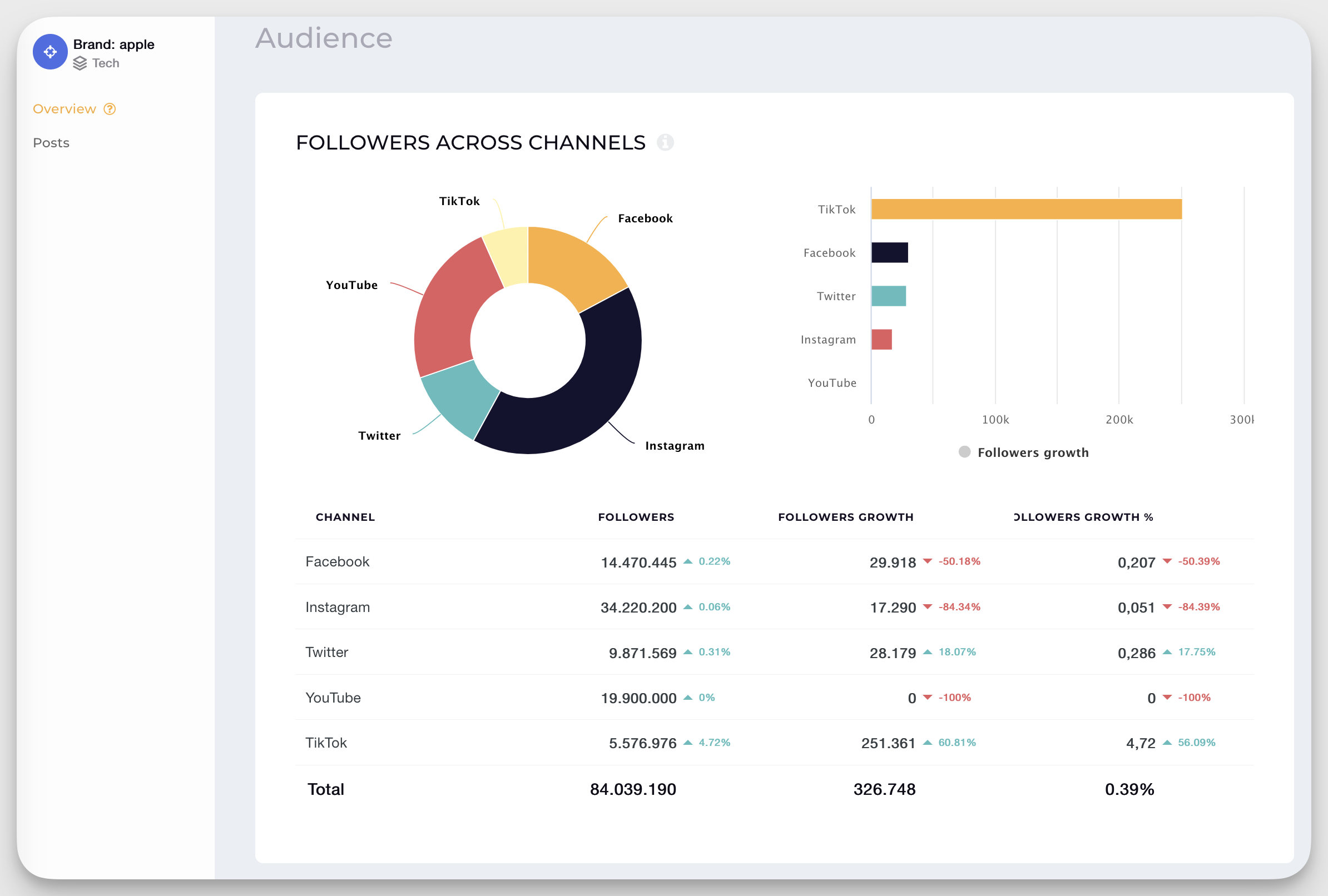
What if you don’t have direct competitors?
It’s rare, but in niche markets, direct competition might not exist yet. In that case, look for audience competitors:
- These are brands targeting the same demographic or buyer persona, even if they’re not selling the same product.
- Studying them can inform event partnerships, influencer choices, and content themes that resonate with your ideal audience.
Step 3: Define your unique value proposition
Once you understand your audience and your competitors, it’s time to clarify what makes your brand the better choice. Socialinsider’s side-by-side competitor comparison feature helps you identify exactly where your content resonates more effectively than competitors, highlighting the value propositions that truly differentiate your brand in the eyes of your shared audience.
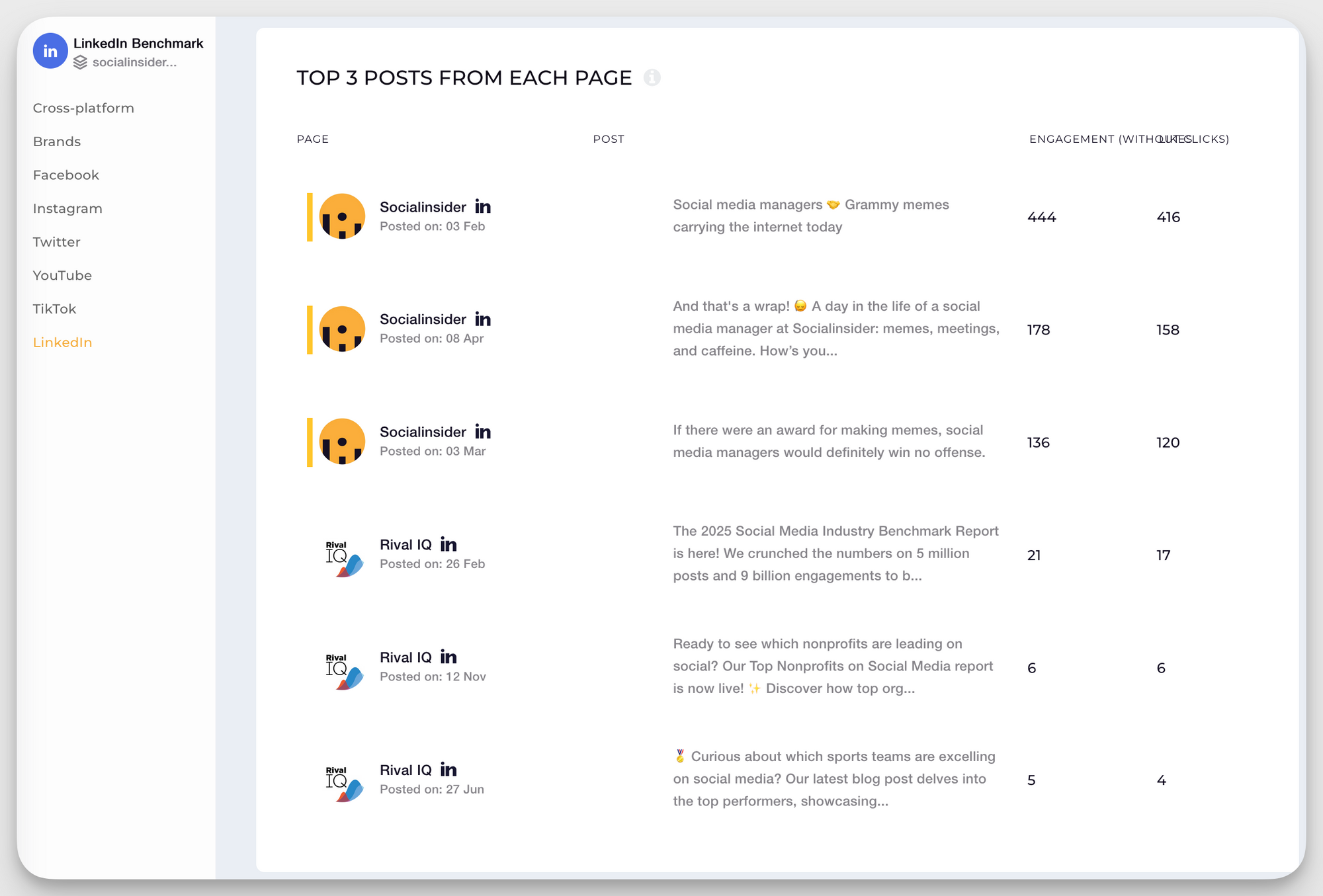
Match benefits to audience needs
Start by asking:
- What problems does your target audience face?
- How does your product or service solve them?
- What emotional or practical value do you provide?
Your value proposition should bridge the gap between audience pain points and your product’s most relevant strengths. For example:
- If your audience values speed, highlight how your solution saves time.
- If they care about status, emphasize outcomes like prestige, success, or transformation.
Choose the right platform to communicate your value
Each platform has its own strengths—pick the one(s) where your value resonates most clearly:
Step 4: Create detailed social media audience personas
Now that you’ve gathered insights, it’s time to bring your audience to life through personas. These are fictional yet data-backed representations of your ideal customers, helping you craft content that feels personal and relevant.
Use a structured persona template
Start with this social media persona template to build out the core details:
Basic info:
- Name (fictional)
- Age
- Gender
- Location
- Profession / Role
Platform preferences:
- Most active on: (e.g., Instagram, TikTok)
- Content they engage with: (e.g., Reels, carousels, long-form posts)
Goals & challenges:
- What are they trying to achieve?
- What frustrations or blockers do they face?
Buying behavior:
- What influences their decision-making?
- Do they trust influencers, reviews, or peer recommendations?
Tone of voice & visuals:
- Should your brand speak to them in a casual, professional, or playful tone?
- What kind of imagery or visual styles appeal to them?
Consider multiple persona strategies
If your brand serves a wide or layered audience, you’ll likely need more than one persona. Here’s how to break them down:
- Primary persona: Your main audience—the largest, most engaged group.
- Secondary persona: A smaller but still valuable segment with slightly different goals or needs.
- Aspirational persona: Not currently your customer, but someone you want to attract in the near future.
Each persona should influence your content themes, posting times, format types, and even which platforms you prioritize.
Step 5: Validate your audience assumptions
Once you’ve built your audience personas and strategy, the next step is to test them in the real world. Assumptions are just starting points—validation ensures you’re actually reaching the right people in the right way.
Methods to validate audience insights
Here are several ways to test and refine your audience strategy:
- Social media listening
Monitor conversations, comments, and brand mentions to understand what your audience truly cares about. - A/B testing
Run experiments with different messaging, creatives, and CTAs (especially on paid campaigns) to see what resonates best. - Surveys & polls
Use tools like Instagram Stories, LinkedIn Polls, or Google Forms to ask your audience about their preferences directly. - Engagement metrics analytics
Analyze likes, shares, comments, and saves to gauge what content drives interaction. - Customer feedback
Mine reviews, DMs, and email replies for recurring themes or questions—these are gold for refining your personas. - Influencer collaborations
Test new audience segments by partnering with influencers and analyzing follower response and reach. - Landing page testing
Create different landing pages tailored to specific persona types and monitor which drives more conversions from social. - Competitor social media analysis
Use a tool like Socialinsider to evaluate what’s working for similar brands and spot gaps you can fill. - Hashtag analysis
Research which hashtags attract your intended audience and assess their performance in reaching new users.
Adjust based on data
Validation isn’t a one-time task—it’s an ongoing feedback loop. Use the insights you collect to:
- Update your personas
- Rework your content mix
- Shift platform focus if needed
- Refine your messaging and value props
The goal is not to guess better—it’s to listen better. When your strategy aligns with what your audience actually wants, growth follows naturally.
Advanced audience research techniques
Once you’ve nailed the basics, it’s time to go deeper. Advanced audience research helps you not just find your audience, but understand what makes them engage, convert, and stay loyal.
Social media analytics deep dive
Platform-specific insights
Each platform offers native analytics, but they come with limitations, such as short data retention windows, limited post history, and a lack of granular breakdowns.
With Socialinsider, you can:
- Access in-depth historical data, even for older posts
- Analyze the evolution of follower growth over time (across Facebook, Instagram, LinkedIn, etc.)
- Benchmark your brand against competitors with real-time comparisons
This is especially helpful when tracking slow, organic growth or evaluating long-term content strategies.
Cross-platform analysis
Instead of hopping between dashboards, Socialinsider gives you a single view across all your brand’s social accounts.
You can easily:
- Compare performance across Facebook, Instagram, LinkedIn, X, and TikTok
- Spot which platform drives the most engagement for each content type
- Align posting strategies by identifying what works where and why
Native platforms often fall short regarding historical post data or tracking follower growth over time. Socialinsider fills these gaps by offering more profound, more comprehensive insights. It also simplifies your workflow by consolidating performance data across multiple social channels into a single, easy-to-navigate dashboard. For example, we recently launched follower growth evolution—a feature that lets you track how any business page’s audience grows over time directly within the Socialinsider dashboard.
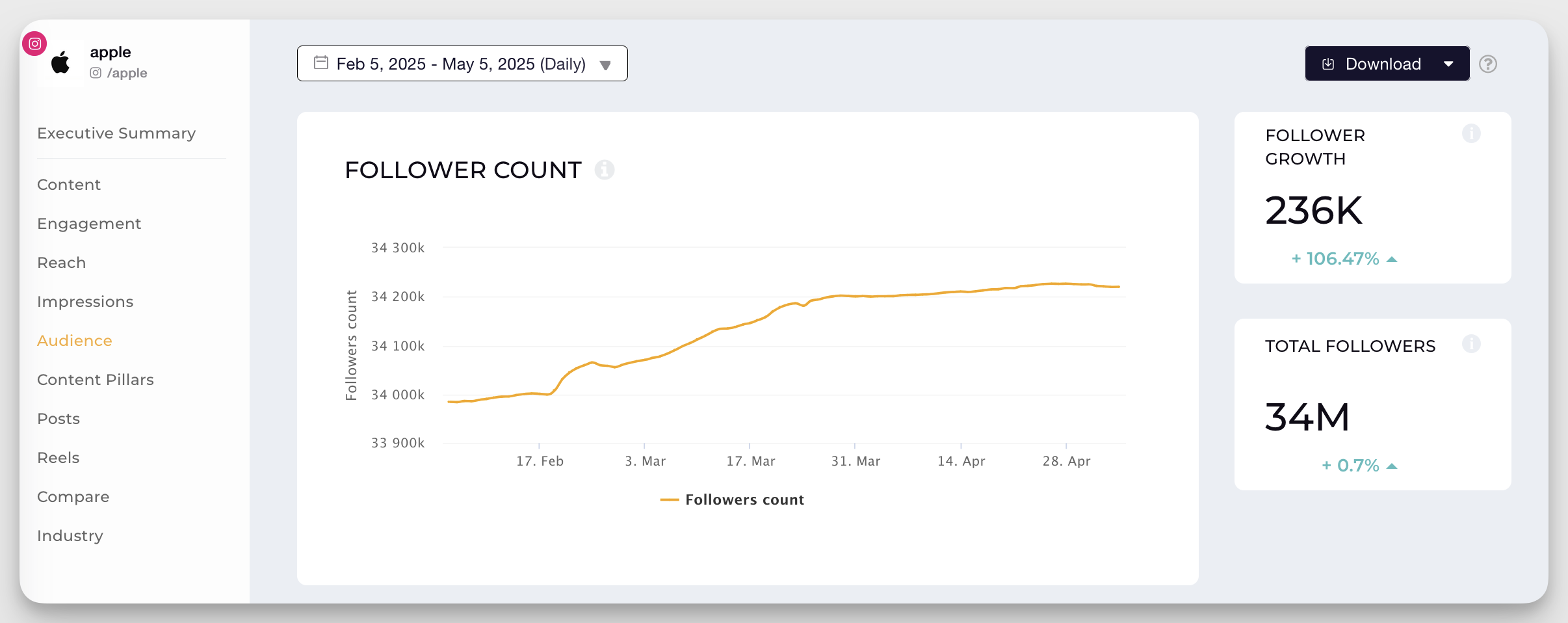
Bonus: Analyze content pillars (not just formats)
It’s not just about “video vs. image.” With Socialinsider, you can analyze performance based on content themes, like product launches, UGC, memes, studies, or behind-the-scenes posts.
Example:
- Reels generally perform well on Instagram, but we’ve noticed:
- Trending or relatable Reels get more traction from non-followers
- Educational Reels resonate more with existing followers
How we track this:
- We tag each post by format (image, carousel, video) and by topic (feature launch, study, campaign, etc.)
- Then, we analyze which combination drives the most engagement or reach
- This helps us double down on the right format for the right topic
These advanced techniques let you go beyond vanity metrics and into true content intelligence. Want a template to start tagging your own content pillars or run a format-vs-topic test? I can create one for you.
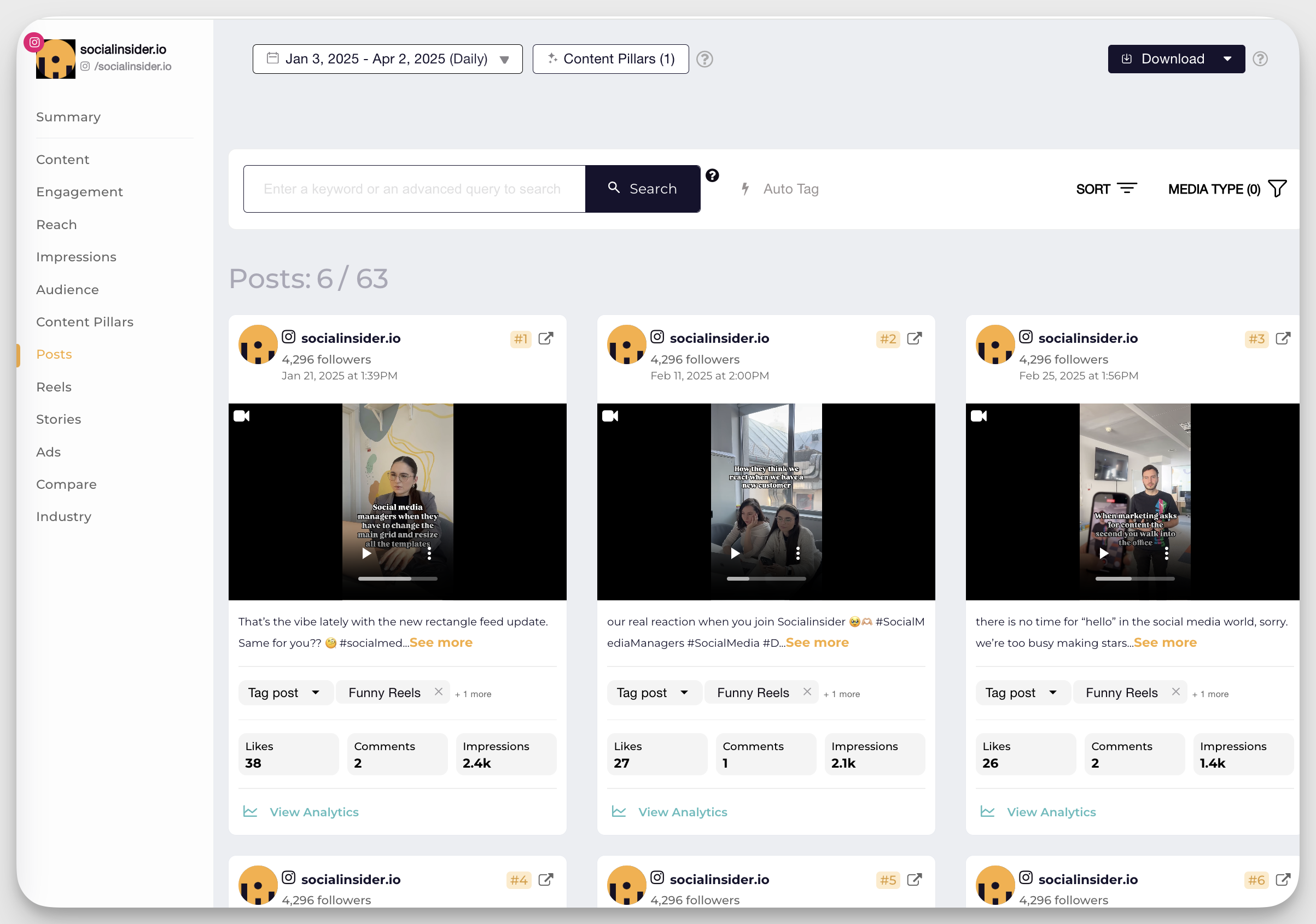

Audience segmentation strategies
Audience segmentation allows you to break your broad audience into smaller, more actionable groups based on shared traits. Socialinsider’s tagging and filtering capabilities let you create custom segments based on engagement patterns, content preferences, and platform behaviors, making it easier to track how different audience segments respond to various content strategies.
Micro-targeting approaches
Micro-targeting focuses on reaching specific subgroups within your audience. For example:
- Targeting early-stage founders within the broader “startup” category.
- Segmenting Instagram users who engage with UGC versus product posts.
This approach helps you deliver personalized messages that feel tailor-made, improving both engagement and conversion rates.
Segmentation criteria
You can segment your audience based on various attributes:
- Demographic: Age, gender, income, location
- Psychographic: Values, lifestyle, personality traits
- Behavioral: Purchase history, content interactions, engagement frequency
- Platform behavior: Which social platforms they use and how they use them
- Funnel stage: Awareness, consideration, decision
Combine two or more criteria to create high-impact segments that drive smarter content targeting.
Social listening strategies
Social listening—especially platform-specific approaches like Instagram listening—helps you understand what your audience isn’t telling you directly. You can identify trends, sentiment, and opportunities to connect by monitoring conversations across platforms.
Recommended tools
- Brand24: Great for tracking brand mentions, sentiment, and keyword alerts across web and social.
- Mentionlytics: Offers multilingual tracking, influencer detection, and competitor monitoring.
Implementation process
- Set clear goals – Are you listening for feedback, trends, or competitor activity?
- Choose your keywords – Include your brand, product, competitor names, and relevant industry terms.
- Track and tag – Use your tool to categorize mentions (positive, negative, questions, etc.)
- Analyze patterns – Look at recurring topics, pain points, and brand sentiment.
- Take action – Adapt your messaging, create content addressing key themes, or directly engage when appropriate.
Social listening can also inform product decisions, campaign angles, and influencer partnerships.
Surveys and direct feedback
Direct feedback is often the most honest signal about your audience’s needs, challenges, and preferences.
Question formulation
Craft questions that are:
- Clear and focused (avoid jargon or long-winded prompts)
- Open-ended to explore thoughts (e.g., “What’s one thing you wish we did differently?”)
- Quantitative for trends (e.g., scale of 1–10 on satisfaction or interest)
A mix of both gives you a full picture.
Distribution methods
- Polls on Instagram Stories, LinkedIn, Twitter/X
- Email surveys for deeper, more targeted feedback
- Pop-ups or in-app surveys if you’re collecting insights from website visitors or app users
Keep it short, incentivize participation when possible, and always close the loop by letting your audience know how you’re using their input.
How to tailor social media content for your target audience
Once you’ve identified and segmented your audience, the next step is crafting content that speaks directly to them. This means understanding not only what they care about, but how they prefer to consume it.
Content preferences by audience type
Different audience segments engage with different content formats and topics depending on the platform:
- Live events and thought leadership content tend to perform better on LinkedIn, where users are looking for professional growth, industry insights, and networking opportunities.
- Company culture and behind-the-scenes content generally receive more engagement on Instagram, where audiences prefer visual storytelling and authenticity.
The key is to observe how your audience behaves on each platform and adapt accordingly—don’t assume one-size-fits-all.
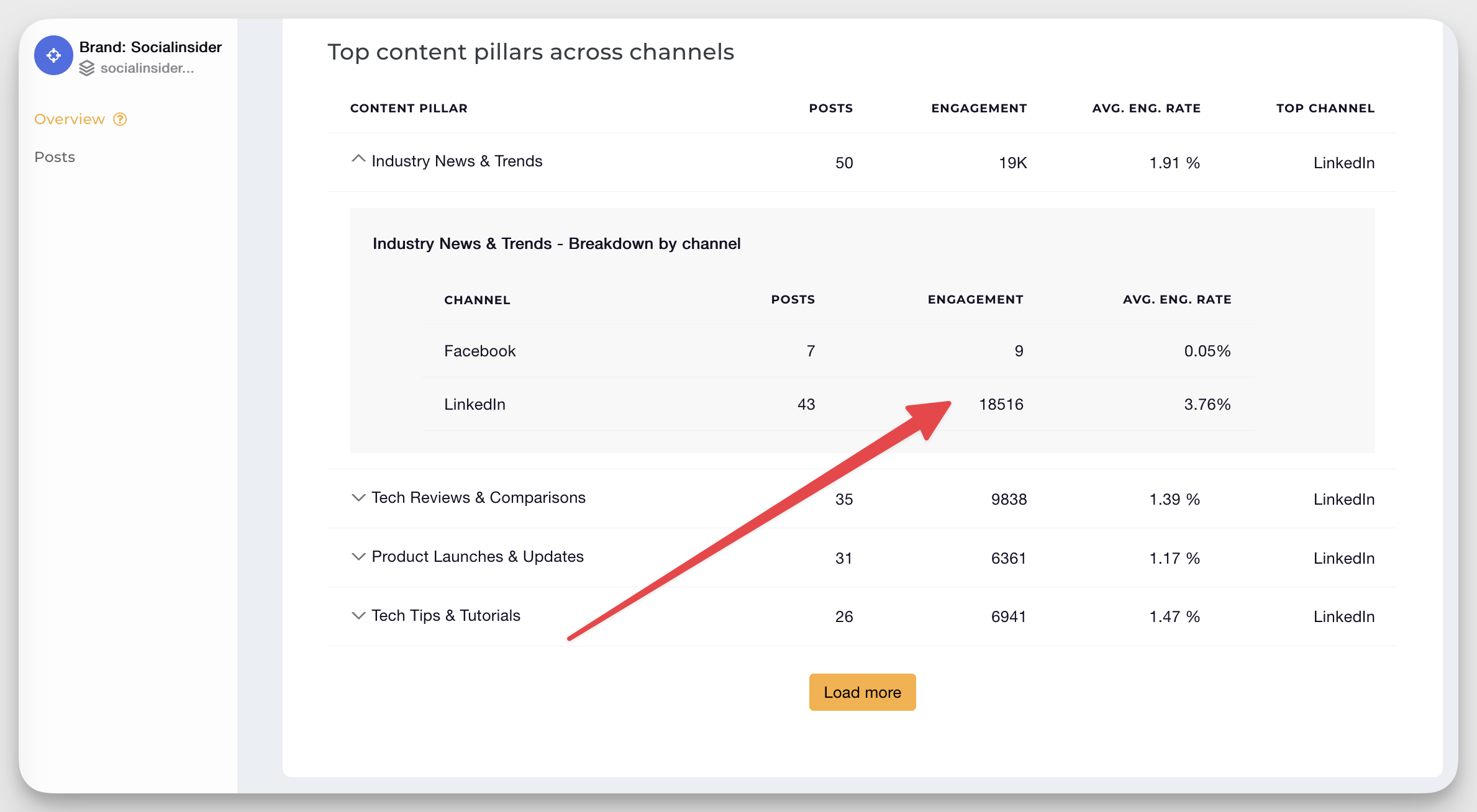
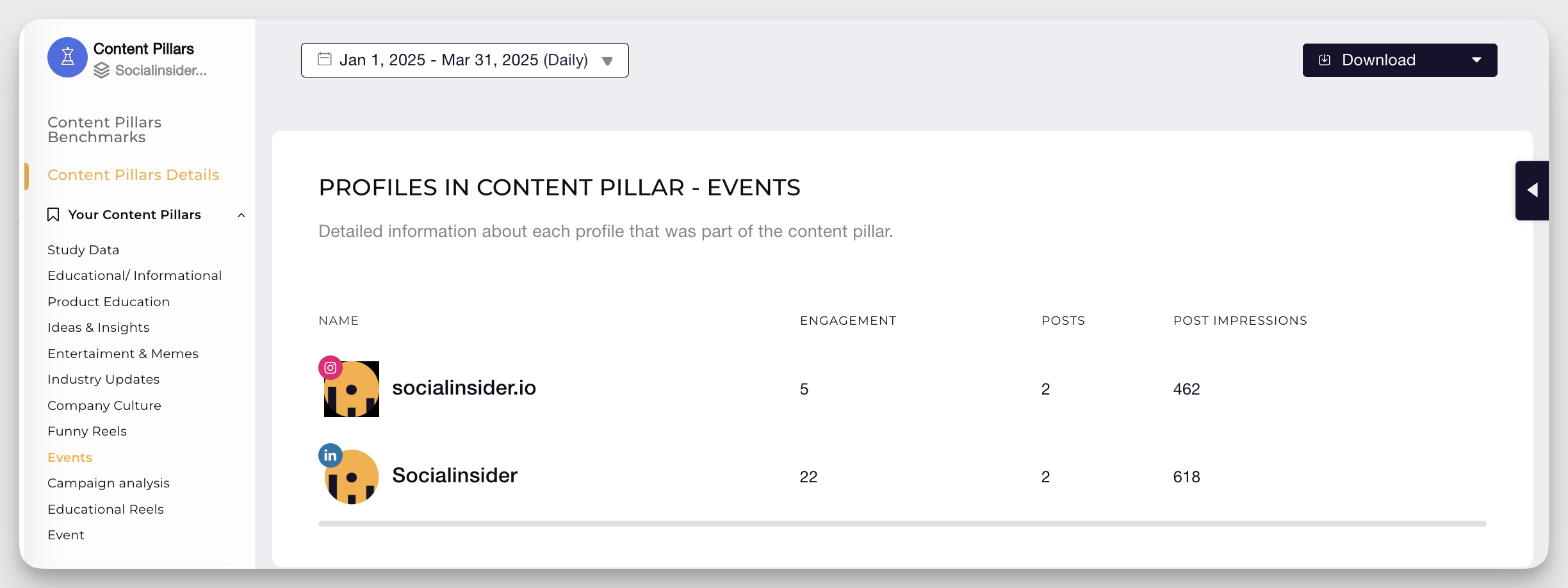
Messaging strategies that resonate
To connect with your audience:
- Use the language they use—mirror their tone, whether it’s formal, playful, or direct.
- Highlight the benefits that matter most to each segment (e.g., productivity for professionals, flexibility for freelancers).
- Tell stories that reflect their challenges or aspirations—make your brand feel relatable and human.
- Keep your CTAs platform-relevant (e.g., “Join us live” on LinkedIn vs. “DM us to know more” on Instagram).
Visual content considerations
Visuals play a massive role in grabbing attention and driving engagement. Customize your visuals based on:
- Platform norms: Use high-quality graphics and clean layouts on LinkedIn; lean into real photos, Stories, and trending Reels on Instagram.
- Audience expectations: Professionals may prefer branded, data-driven visuals. Younger audiences often engage more with casual, unpolished, or meme-style content.
- Accessibility: Use readable fonts, alt text, and color contrasts to ensure inclusivity across audiences.
Engagement strategies for different target audiences
Every audience has its own expectations for how it wants to connect with brands. From tone to timing, here’s how to build engagement that actually works—for them.
B2B Professionals (LinkedIn, Twitter)
Content Strategy:
Focus on sharing industry research, original case studies, product use cases, and thought leadership content that drives conversations around business growth and innovation.
Engagement Tactics:
Host webinars, go live on LinkedIn, run industry-specific polls, and tag relevant thought leaders to spark discussions.
Timing:
Post during standard business hours, ideally Tuesday to Thursday mornings.
Tone:
Professional, insightful, and solution-oriented.
Response Protocol:
Respond to comments with thoughtful insights or resources—aim for within 24 hours.
Gen Z (TikTok, Instagram, Snapchat)
Content Strategy:
Create short-form video content that feels raw and real—behind-the-scenes moments, trends, and creator-style storytelling.
Engagement Tactics:
Use challenges, trending audio, duets, polls, emoji sliders, and Q&A stickers to invite interaction.
Timing:
Afternoons and evenings, especially Thursdays to Sundays.
Tone:
Casual, witty, visual-first—use memes, slang, and relatable humor.
Response Protocol:
Keep it fast, fun, and informal—GIFs and emojis are fair game.
Millennials (Instagram, Twitter, Facebook)
Content Strategy:
Combine visual content with storytelling that reflects values and lifestyle—think wellness, purpose-driven work, tech-savvy hacks.
Engagement Tactics:
Leverage Instagram Stories, interactive polls, cause-related hashtags, and “This or That” formats.
Timing:
Evenings after 6 PM and Sunday planning hours (late morning or early evening).
Tone:
Friendly, aspirational, yet authentic and informed.
Response Protocol:
Personalize replies and aim to respond within a few hours—make it feel like a 1:1 conversation.
Gen X (Facebook, LinkedIn, Twitter)
Content Strategy:
Focus on practical, valuable content—how-tos, industry updates, family or career balance, and product benefits.
Engagement Tactics:
Start or moderate discussions in Facebook groups, share downloadable resources, and link to long-form content like blog posts or guides.
Timing:
Midday and early evening work well, including lunch break windows.
Tone:
Straightforward, educational, and respectful of time.
Response Protocol:
Direct, clear, and helpful responses within 24 hours.
Pro tip: Use Twitter/X as a testing ground for new ideas and formats before rolling them out on other platforms. It’s a low-commitment space to experiment with headlines, angles, or content hooks.
Measuring audience engagement and refinement
Tracking the right social media KPIs is key to understanding how well your content resonates with your target audience—and where there’s room to improve. Engagement isn’t just about likes; it’s about how deeply your content connects and drives action.
Key metrics to track
To measure audience engagement effectively, monitor a mix of performance and behavioral metrics:
- Engagement rate (likes, comments, shares per reach or impressions)
- Click-through rate (CTR) (especially for link-in-bio, Stories, or ad CTAs)
- Conversion rate (newsletter sign-ups, downloads, purchases from social)
- Follower growth rate (overall audience expansion over time)
- Average watch time / View duration / % of video viewed (especially for Reels, TikToks, YouTube Shorts)
- Impressions (how often your content is seen)
- Customer sentiment (positive, negative, or neutral tone of responses and comments)
While native analytics focus primarily on surface-level metrics, Socialinsider provides deeper engagement insights like engagement rate by reach (rather than just followers), comparative engagement across formats, and cross-platform performance patterns. This allows brands to understand not just that engagement happened, but why it happened and how to replicate success across channels.
Tools for audience analysis
Use a mix of native and third-party tools to gather these insights:
- Native analytics: Instagram Insights, LinkedIn Analytics, TikTok Analytics, etc.
- Socialinsider: Ideal for managing multiple brand profiles, viewing advanced engagement metrics, and performing in-depth platform comparisons
- Competitor analysis: Use Socialinsider’s followers breakdown to benchmark competitor audiences and identify growth opportunities
Iterative refinement process
Audience engagement isn’t static. You should continuously test, learn, and adapt:
- Analyze what worked: Identify your top-performing posts by engagement or conversions
- Refine content types: Adjust formats (video, carousel, image), posting times, and content pillars based on what performs best
- Re-test and scale: Double down on what’s working and phase out what isn’t
- Incorporate feedback: Use social listening and comment insights to shape future messaging
The more consistent the testing loop, the sharper your strategy becomes.
Success indicators by platform
Different platforms reward different types of engagement. Here’s what to prioritize:
Understanding what each platform values helps you set realistic goals and measure success in context, not just in vanity metrics.
Common target audience mistakes to avoid
Even experienced marketers can fall into traps when defining or engaging their social media audience. Here are the most common mistakes—and how to avoid them:
1. Making assumptions without data
Relying on gut feeling or internal opinions instead of real insights can lead to messaging that misses the mark. Always base your strategy on verified data—whether it’s from analytics tools, surveys, or social listening.
2. Targeting too broadly
Trying to reach “everyone” often means reaching no one meaningfully. Vague or overly generalized messaging leads to low engagement. Narrow down your audience into well-defined segments with specific needs and behaviors.
3. Ignoring audience evolution
Your audience won’t stay the same forever. Interests shift, new platforms emerge, and consumption habits change. If you’re not regularly revisiting your personas or content strategy, you risk becoming irrelevant.
4. Platform misalignment
Not all content works everywhere. Posting the same content across all platforms without tailoring it to the audience or format can dilute impact. Match your message to the platform—what works on TikTok won’t necessarily perform on LinkedIn.
Case studies: Successful audience targeting examples
Understanding audience targeting in theory is one thing, but seeing how it works in practice is where the real inspiration lies. Here are three examples of brands successfully tailoring their approach based on size and strategy.
Small Business Case Study: Socialinsider
Audience Focus:
Socialinsider targets social media managers and marketing agencies looking for in-depth analytics beyond native platform limitations.
Tactics Used:
- Created niche, comparison-driven blog content tailored to pain points (e.g., “Instagram Reels vs. TikTok Engagement”)
- Leveraged LinkedIn and Twitter to engage B2B professionals through product updates, relatable memes, and case studies
- Used content pillars internally to segment content types by audience interest (e.g., feature launches for current users, studies for prospects)
Result:
Socialinsider built a loyal community of marketers by consistently creating platform-specific content and speaking directly to different user needs, whether agency strategists or in-house marketers.
Mid-Sized Company Example: HubSpot
Audience Focus:
HubSpot targets growing businesses across marketing, sales, and customer service, with tailored content for different funnel stages and personas.
Tactics Used:
- Developed detailed buyer personas (e.g., “Marketing Mary,” “Owner Ollie”) and tailored blog, email, and webinar content accordingly
- Personalized landing pages based on user behavior and business size
- Created platform-specific social series, like Instagram carousels for quick tips and LinkedIn Lives for deeper thought leadership
Result:
By segmenting both its content and platforms, HubSpot turned its educational approach into a lead-generating powerhouse, serving millions of users while keeping messaging sharply relevant.
Enterprise Brand Approach: Adobe
Audience Focus:
Adobe targets creative professionals, enterprise marketers, and business leaders across industries.
Tactics Used:
- Runs separate campaigns for creatives (Photoshop/Illustrator) and enterprise users (Adobe Experience Cloud), each with distinct tones and visuals
- Uses Instagram and Behance to engage the design community through visual storytelling, user showcases, and creator collaborations
- Engages B2B buyers on LinkedIn through reports, webinars, and product deep-dives tailored to enterprise needs
Result:
Adobe’s cross-audience targeting strategy allows it to stay highly relevant to vastly different segments—creators vs. executives—without losing consistency in its brand identity.
Final thoughts
Understanding and targeting the right audience on social media is more than just choosing the right platform—it’s about crafting content, messaging, and experiences that resonate. With the right tools and insights, you can build authentic connections that convert casual scrollers into loyal followers or customers.
Action plan for implementation
- Audit your current audience using native analytics and Socialinsider
- Build or refine personas using demographic, psychographic, and behavioral data
- Analyze competitors and content gaps to uncover untapped opportunities
- Tailor content by platform and persona, aligning with content pillars that perform best
- Track success metrics regularly and refine based on real-time insights
- Repeat the cycle—audience targeting is not a one-time task, it’s an ongoing process
Social media target audience FAQs
1. What are the four types of target audiences?
The four main types are:
- Demographic – Based on age, gender, income, education, etc.
- Psychographic – Based on lifestyle, values, interests, and attitudes
- Geographic – Based on location or region
- Behavioral – Based on actions like purchase history, engagement, or device usage
2. What audience uses social media the most?
Gen Z and Millennials are the most active social media users. Gen Z dominates platforms like TikTok and Instagram, while Millennials are highly active across Instagram, Facebook, and LinkedIn.
3. What is a target audience in social marketing?
A target audience is the specific group of people you aim to reach with your social media content, defined by characteristics like demographics, behaviors, needs, and interests.
4. Who is mostly the target audience?
That depends on your business goals. B2B brands often target professionals or decision-makers, while B2C brands may focus on lifestyle-driven consumers like students, parents, or hobbyists.
5. How often should I reassess my target audience?
At least every 6–12 months. But also reassess after major shifts, like a new product launch, platform algorithm update, or changes in customer behavior.
6. Can I have multiple target audiences?
Absolutely. Most brands do. Just make sure you’re tailoring content, messaging, and platform strategy for each segment to stay relevant and engaging.
Analyze your competitors in seconds
Track & analyze your competitors and get top social media metrics and more!
You might also like
Improve your social media strategy with Socialinsider!
Use in-depth data to measure your social accounts’ performance, analyze competitors, and gain insights to improve your strategy.



